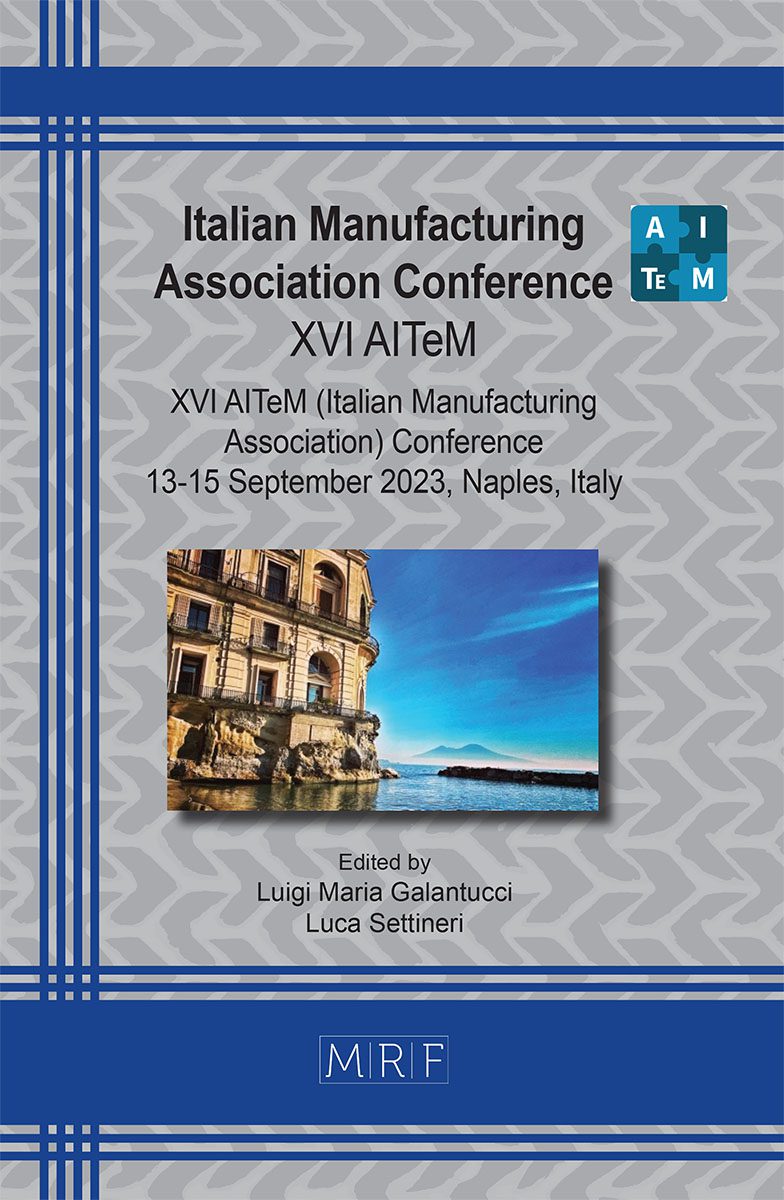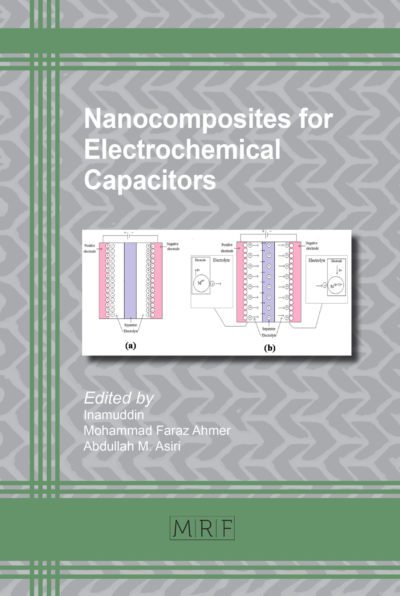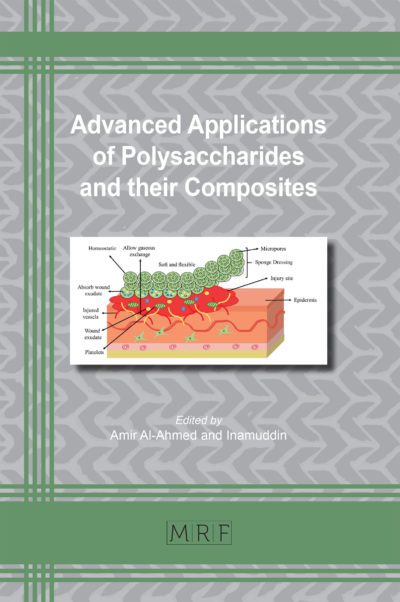Influence of silica aerogel filler on strength-to-weight ratio of carbon/epoxy composite made by vacuum resin infusion
Luigi Benvenuto, Enrico Lertora, Chiara Mandolfino, Matteo Benvenuto, Marco Pizzorni
download PDFAbstract. Thermoset matrix composites are a competitive solution in high-performance applications due to their superior characteristics. Several previous studies have shown that the addition of particles to thermosetting resins – particularly epoxy resins, which are currently the most widely used – can improve many of the physical properties of composites. In this context, this study aims to investigate the effect of silica aerogel content on the mechanical and weight properties of composites made via vacuum infusion. The results have shown that the strength-to-weight ratio increases with increasing filler percentage. However, the experiments also made it possible to recognise process limits, which occur when the percentage of aerogel in the resin exceeds 2%.
Keywords
Composites, Resin Infusion, Mechanical Strength
Published online 9/5/2023, 9 pages
Copyright © 2023 by the author(s)
Published under license by Materials Research Forum LLC., Millersville PA, USA
Citation: Luigi Benvenuto, Enrico Lertora, Chiara Mandolfino, Matteo Benvenuto, Marco Pizzorni, Influence of silica aerogel filler on strength-to-weight ratio of carbon/epoxy composite made by vacuum resin infusion, Materials Research Proceedings, Vol. 35, pp 367-375, 2023
DOI: https://doi.org/10.21741/9781644902714-44
The article was published as article 44 of the book Italian Manufacturing Association Conference
![]() Content from this work may be used under the terms of the Creative Commons Attribution 3.0 license. Any further distribution of this work must maintain attribution to the author(s) and the title of the work, journal citation and DOI.
Content from this work may be used under the terms of the Creative Commons Attribution 3.0 license. Any further distribution of this work must maintain attribution to the author(s) and the title of the work, journal citation and DOI.
References
[1] K. C. Nagaraja, S. Rajanna, G. S. Prakash, and G. Rajeshkumar, “Improvement of mechanical and thermal properties of hybrid composites through addition of halloysite nanoclay for light weight structural applications,” Journal of Industrial Textiles, vol. 51, no. 3, pp. 4880S-4898S, 2022. https://doi.org/10.1177/1528083720936624
[2] N. J. Kanu et al., “An Insight into Processing and Properties of Smart Carbon Nanotubes Reinforced Nanocomposites,” Smart Science, vol. 10, no. 1, pp. 40–55, 2022. https://doi.org/10.1080/23080477.2021.1972913
[3] V. Jain, S. Jaiswal, K. Dasgupta, and D. Lahiri, “Influence of carbon nanotube on interfacial and mechanical behavior of carbon fiber reinforced epoxy laminated composites,” Polym Compos, vol. 43, no. 9, pp. 6344–6354, 2022. https://doi.org/10.1002/pc.26943.
[4] M. Ozen, G. Demircan, M. Kisa, A. Acikgoz, G. Ceyhan, and Y. Işıker, “Thermal properties of surface-modified nano-Al
[5] H. B. Kaybal, H. Ulus, O. Demir, Ö. S. Şahin, and A. Avcı, “Effects of alumina nanoparticles on dynamic impact responses of carbon fiber reinforced epoxy matrix nanocomposites,” Engineering Science and Technology, an International Journal, vol. 21, no. 3, pp. 399–407, 2018. https://doi.org/10.1016/j.jestch.2018.03.011
[6] L. Boccarusso, L. Carrino, M. Durante, A. Formisano, A. Langella, and F. Memola Capece Minutolo, “Hemp fabric/epoxy composites manufactured by infusion process: Improvement of fire properties promoted by ammonium polyphosphate,” Compos B Eng, vol. 89, pp. 117–126, Mar. 2016. https://doi.org/10.1016/j.compositesb.2015.10.045
[7] A. Ślosarczyk, “Recent advances in research on the synthetic fiber based silica aerogel nanocomposites,” Nanomaterials, vol. 7, no. 2. MDPI AG, Feb. 16, 2017. https://doi.org/10.3390/nano7020044

































